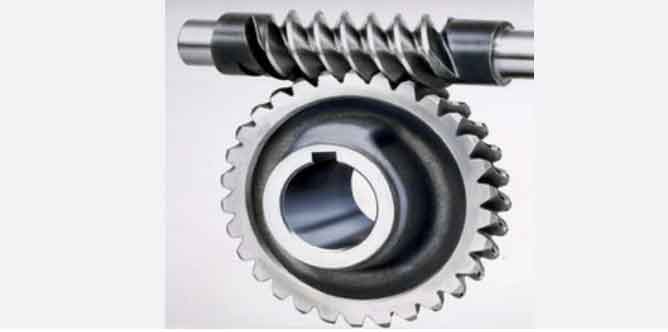
1. Material Advancements:
Future innovations in worm gear technology may involve the development of new materials or improved material processing techniques. These advancements could lead to gears with higher strength, better wear resistance, and increased load-carrying capacity, ultimately enhancing the overall performance and durability of worm gear systems.
2. Smart and Self-Lubricating Worm Gears:
Integration of smart technologies and self-lubricating materials could revolutionize worm gear technology. Sensors embedded within the gears may monitor operating conditions and automatically adjust the lubrication, ensuring optimal performance and reducing maintenance requirements.
3. Enhanced Efficiency:
Ongoing research and development efforts may focus on reducing friction losses and improving the efficiency of worm gear systems. Advancements in gear design, surface coatings, and lubrication techniques could lead to more energy-efficient worm gear drives.
4. Noise Reduction:
Noise reduction has been a focus in many industries, and future worm gear innovations may continue to address this issue. Improved gear profile designs, surface finishing, and noise-damping materials could result in quieter worm gear systems.
5. Industry-Specific Applications:
Worm gears are used in various industries, and future innovations may lead to industry-specific designs tailored to meet specific requirements. For example, advancements in worm gear technology for robotics, aerospace, medical devices, or renewable energy applications could drive progress in those sectors.
6. Additive Manufacturing (3D Printing):
The growing adoption of additive manufacturing techniques, such as 3D printing, could impact worm gear production. Customization of gear designs and rapid prototyping might become more accessible, allowing for quicker development and optimization of worm gear systems.
7. Simulation and Modeling Tools:
Advanced simulation and modeling tools can aid in optimizing worm gear designs for specific applications. Continued improvements in these tools may lead to more accurate predictions of performance, efficiency, and longevity, helping engineers develop better worm gear systems.
8. Sustainability and Green Initiatives:
With an increasing emphasis on sustainability and environmental concerns, there could be a push towards more eco-friendly lubricants and materials for worm gear systems. These initiatives may also focus on reducing waste and increasing recyclability in gear manufacturing processes.
It’s important to note that technological advancements are subject to ongoing research and development, and unforeseen breakthroughs can significantly influence the direction of future innovations. To get the most up-to-date trends and forecasts, it’s advisable to consult industry experts and keep track of the latest advancements in worm gear technology through trade journals, conferences, and industry publications.
